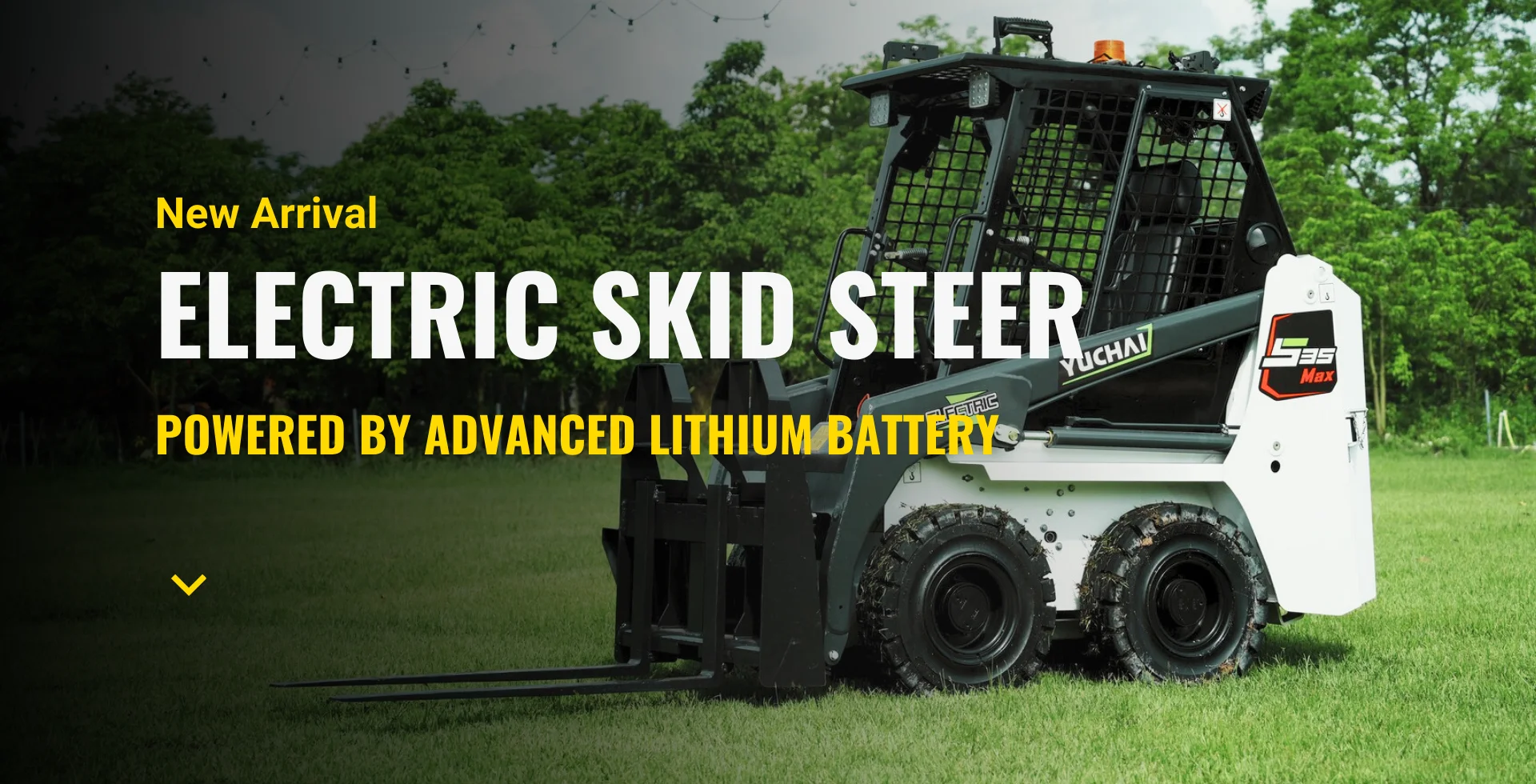
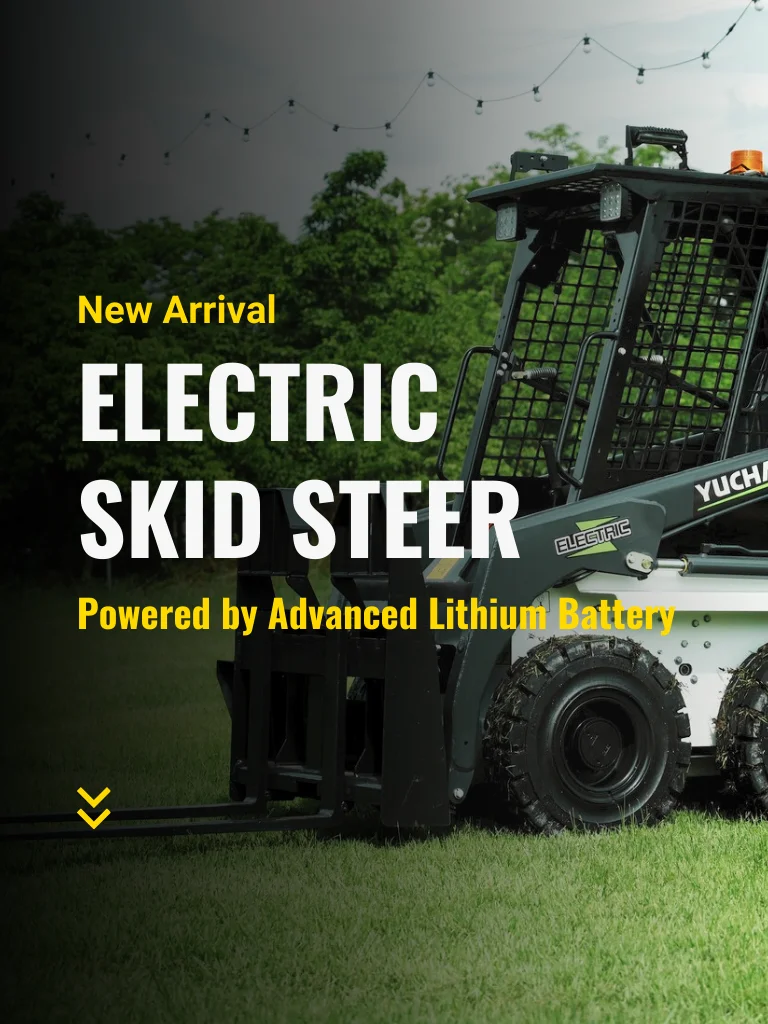
Our Range: Skid Steers
- ZS030R
- S35 Pro
- S35 Max
- ZS080V
- ZS090V


And I come back for another pallet jack today at DJJ.
DJJ’s service had been excellent all the time, I am highly recommend for DJJ’s forklift product.
I couldn't fault them bit they where Awesome Thankyou guys and Thankyou Mark for your support Excellent Work.
,
.
Right from the start I was kept informed by Mark and the team on the progress of the Loader and the extra attachments I require.
The delivery of the loader arrived on the exact day as requested with a follow up from DJJ coordinators to check all was as expected.
I’m Very Happy with the loader In the way it presents & performs along with the required capital for such a purchase.
Highly recommend DJJ Equipment In Perth as they have great range of equipment along with Friendly, Efficient Sales and Service.
Keep up the good work Guys 👌👍
Very good customer service by mark
Looking forward to putting this loader to work 👍
Regards Laurie Page
Parts
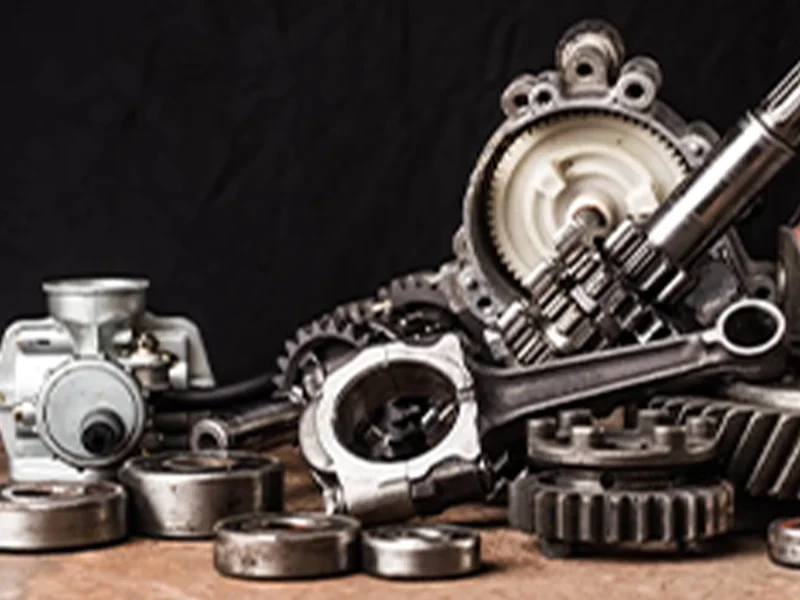
Service
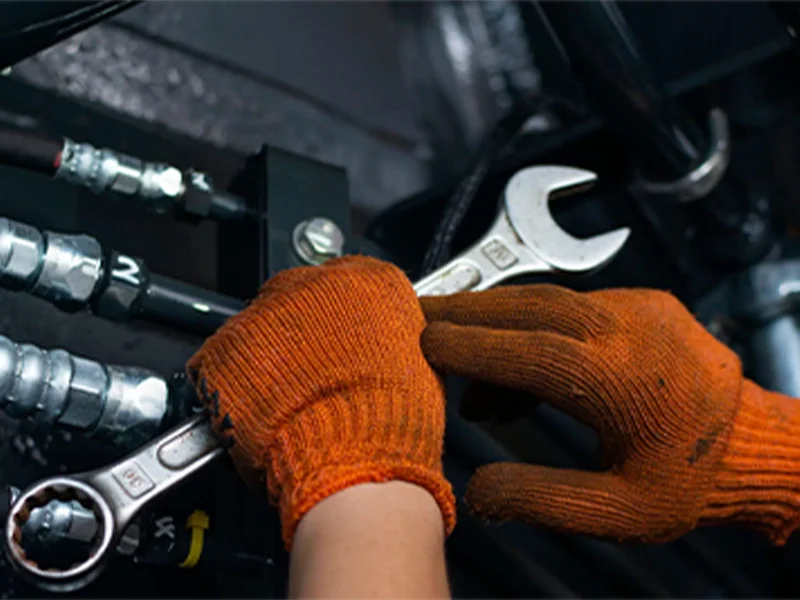
We offer maintenance and after-sale service to all of our customers. If you have any questions or need assistance, you can contact us through email, phone, Facebook, video, or other methods.We promise prompt responses to ensure your repair needs are addressed quickly and efficiently.
Finance

Our in-house finance team provides professional service all across the country, along with quick approvals, no/low doc finance options, and flexible leasing plans. We want to help you get your hands on a new loader as soon as possible and pay for it later. With monthly payments of only a few hundred dollars, you can own a brand new loader and get your job done!
Customization

One of our greatest strengths is our ability to customize machinery and attachments to meet the specific needs of our clients. Whether you are in construction, agriculture, or any other industry, we can design and build equipment that is tailored to your unique requirements.
The Ultimate Guide to Choosing the Right Skid Steer for Your Project
Understanding Skid Steer Types for Construction Projects
Wheeled Skid Steers
- Terrain Suitability: Best for stable and solid surfaces like concrete, asphalt, and compact soil.
- Travel Speed: High speed, perfect for tasks that need frequent movement.
- Benefits: Offers outstanding agility with minimal impact on the ground.
Tracked Skid Steers
- Terrain Suitability: Ideal for rough and irregular terrains, such as muddy, sandy, or sloped areas.
- Travel Speed: Moderately slower, focusing on stability and grip.
- Benefits: Provides enhanced stability and traction, exerting lower pressure on delicate terrains.
Selecting Skid Steer Size by Operating Capacity
Selecting the right size of a skid steer is crucial for optimal performance and efficiency. This section focuses on how the Rated Operating Capacity (ROC) can guide you in choosing a skid steer that aligns with the demands of your specific tasks and projects.
Compact Skid Steers
- ROC Range: Up to 0.8 tons.
- Best Used For: Ideal in tight spaces and situations requiring minimal ground impact. Perfect for indoor construction, precise landscaping, and agriculture in confined spaces.
Mid-Size Skid Steers
- ROC Range: 0.8 tons to 1.5 tons.
- Best Used For: Balances power and flexibility. Great for general construction, site preparation, and varied landscaping tasks.
Large Skid Steers
- ROC Range: 1.6 tons to 2 tons.
- Best Used For: Focused on heavier construction work. Excels in earthmoving, excavation, and handling substantial materials.
Matching Skid Steer Applications to Your Project Needs
Ensuring that a skid steer’s capabilities align with your project requirements is key to efficient operation. This section delves into how to match skid steer applications with the specific needs of your project, optimizing both performance and productivity.
- Agricultural Use: Skid steers are essential on farms for various tasks. They efficiently load feed, maintain stables, and manage manure.Their versatility extends to planting, digging, and grading activities, making them indispensable in modern agriculture.
- Landscaping Applications: In landscaping, skid steers prove their worth by handling grading, digging, tree removal, and debris cleanup.They are also instrumental in transporting and positioning materials like soil, gravel, and mulch, enhancing landscaping efficiency.
- Construction Projects: Skid steers are crucial in construction for excavation, foundation work, and transporting heavy materials.Their functionality is amplified with attachments like backhoes, augers, and hydraulic hammers, making them versatile tools on construction sites.
- Roadwork Contributions: For road construction and maintenance, skid steers are key players. They perform trenching, milling, and pothole repairs.Attachments such as cold planers and road brooms further enhance their utility in roadwork tasks.
Essential Features for Skid Steer Selection
Understanding Lift Types
- Radial Lift: Ideal for tasks requiring substantial digging and pushing power, radial lift skid steers move in a curved path, excelling in excavation, digging, and grading.
- Vertical Lift: Designed for jobs needing high reach, vertical lift skid steers move straight up, offering consistent height and extended reach, perfect for material handling and loading activities.
Control Options
- Standard Controls: Hand Levers: Commonly found in standard skid steers, hand levers offer precise control over the machine’s movement and attachments. Foot Pedals: These controls manage speed and direction, providing a more comfortable and efficient operation for tasks requiring frequent adjustments.
- Joystick Controls: Modern skid steers are often equipped with joystick controls, offering an ergonomic and intuitive way to control the machine. This system is preferred for its ease of use and ability to reduce operator fatigue.
Customizing Your Skid Steer with Suitable Attachments
Attachments can significantly enhance a skid steer’s versatility. In this section, we explore how choosing the right attachments can customize your skid steer to meet diverse project requirements, thereby maximizing its utility and efficiency.
Smaller Skid Steers (Low Hydraulic Flow): Suitable for basic attachments like blades for grading, breakers for concrete, buckets for material handling, forks for lifting, and grapples for irregular materials.
Medium-Sized Skid Steers (Moderate Hydraulic Flow): Can handle more powerful attachments. Augers for drilling, saws for precision cutting tasks are excellent choices.
Larger Skid Steers (High Hydraulic Flow): Ideal for heavy-duty attachments. These include cold planers for milling surfaces, snow blowers for snow removal, trenchers for digging, rock saws for hard materials, mulchers for vegetation management, and chipper/shredders for wood chipping.
Safety and Comfort Considerations in Skid Steer Selection
Choosing a skid steer involves more than just performance; safety and operator comfort are equally critical. This section discusses key considerations in these areas, ensuring a safer work environment and enhanced operational efficiency.
Safety Features
- ROPS and FOPS: Choose skid steers with Roll-Over Protective Structure and Falling Object Protective Structure for enhanced safety in hazardous conditions.
- Backup Cameras: Essential for improved visibility and safety, particularly in confined spaces.
- Interlock Systems: Systems that enforce safety protocols, such as seatbelt usage before operation, are vital.
Operator Comfort
- Ergonomic Cab Design: Select skid steers with ergonomic cabs, featuring comfortable seating, adjustable controls, and intuitive layouts for extended use.
- Noise and Vibration Control: Models with minimized noise and vibration levels reduce operator fatigue.
- Climate Control: Opt for skid steers with efficient heating and air conditioning for comfort in varying climates.
- Easy Entry and Exit: Skid steers with easy-to-access cabs enhance safety and convenience.
Key Performance Parameters for Skid Steer Selection
Selecting the right skid steer hinges on understanding its key performance parameters. In this section, we’ll explore critical factors such as lifting capacity, horsepower, and operational efficiency that are essential in determining the best skid steer for your project’s requirements.
Engine Horsepower: Higher horsepower provides more power, enhancing versatility for various attachments and tough conditions.
Load Capacity: Crucial for determining the skid steer’s lifting abilities. Opt for smaller models for lighter tasks and larger ones for heavy-duty work.
Operating Weight: Affects the machine’s stability and transportability. Lighter models are agile, while heavier ones offer more stability for demanding tasks.
Lift Height: Essential for tasks requiring elevation. Models with greater lift heights are advantageous for high lifting needs.
Turning Radius: A smaller radius improves maneuverability in confined areas, making compact skid steers ideal for such environments, while larger models are better suited for spacious sites.
Selecting a Trustworthy Skid Steer Dealer
The choice of a skid steer dealer is as important as the machine itself. In this section, we’ll discuss key factors to consider when selecting a dealer, ensuring reliability, quality service, and support for your skid steer investment.
-
Dealer Reputation: Check customer reviews to gauge the dealer’s reliability and service excellence.
-
Warranty Coverage: Look for comprehensive warranty options for long-term security and satisfaction.
-
Availability of Replacement Parts: Ensure quick access to genuine parts for timely maintenance.
-
Maintenance Proximity: Opt for a dealer near your work sites to reduce downtime and simplify servicing.
-
Technical Support: Verify that the dealer provides extensive technical support and assistance.
-
Service Contracts: Consider service agreements for regular, expert maintenance of your skid steer.
Buy Your Skid Steer Now
Selecting a reputable skid steer dealer is crucial for reliable equipment performance and support. Consider reputation, warranty, parts availability, maintenance proximity, and technical support in your decision. For expert guidance in finding a dealer that aligns with your needs, contact us today. We’re here to help you make an informed and confident choice.

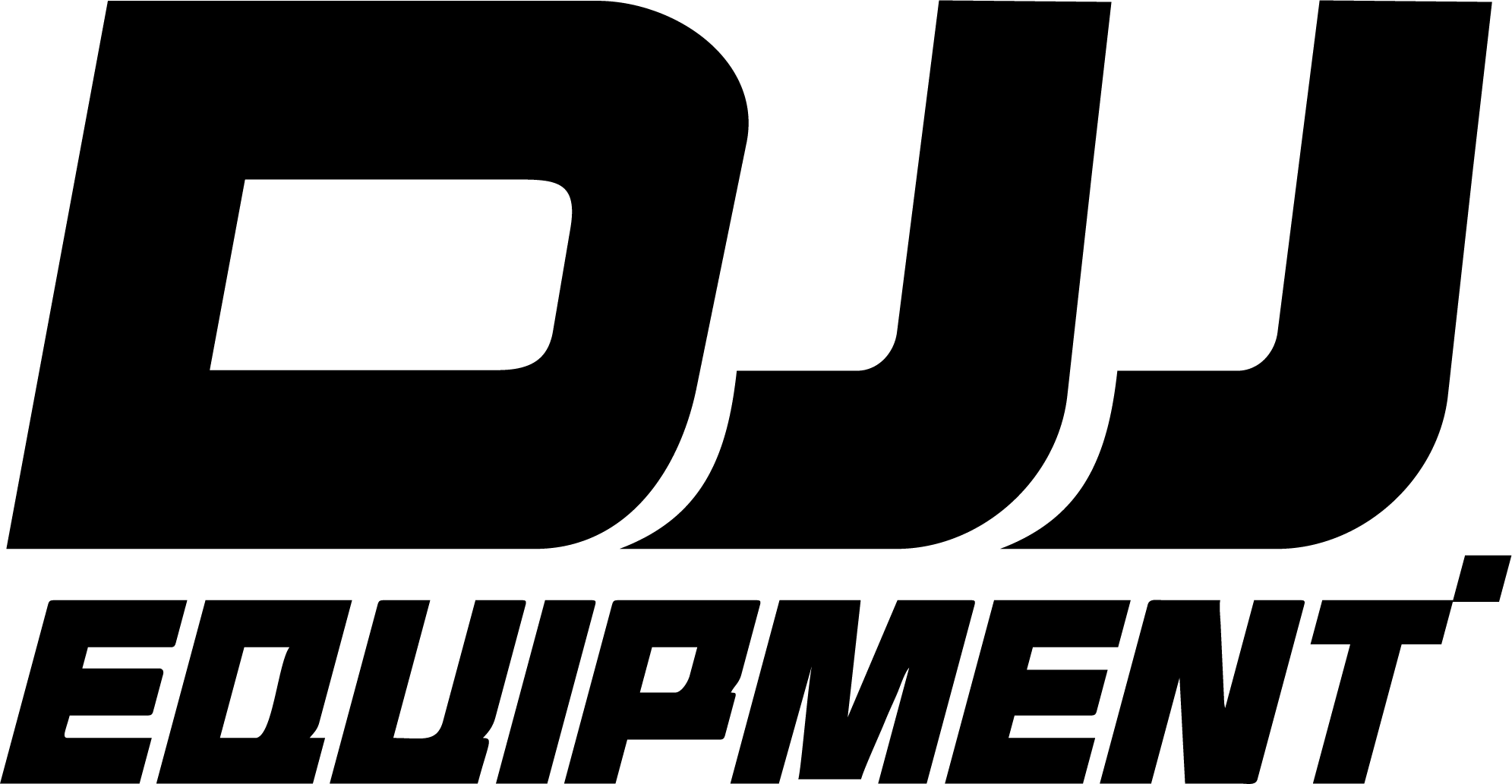
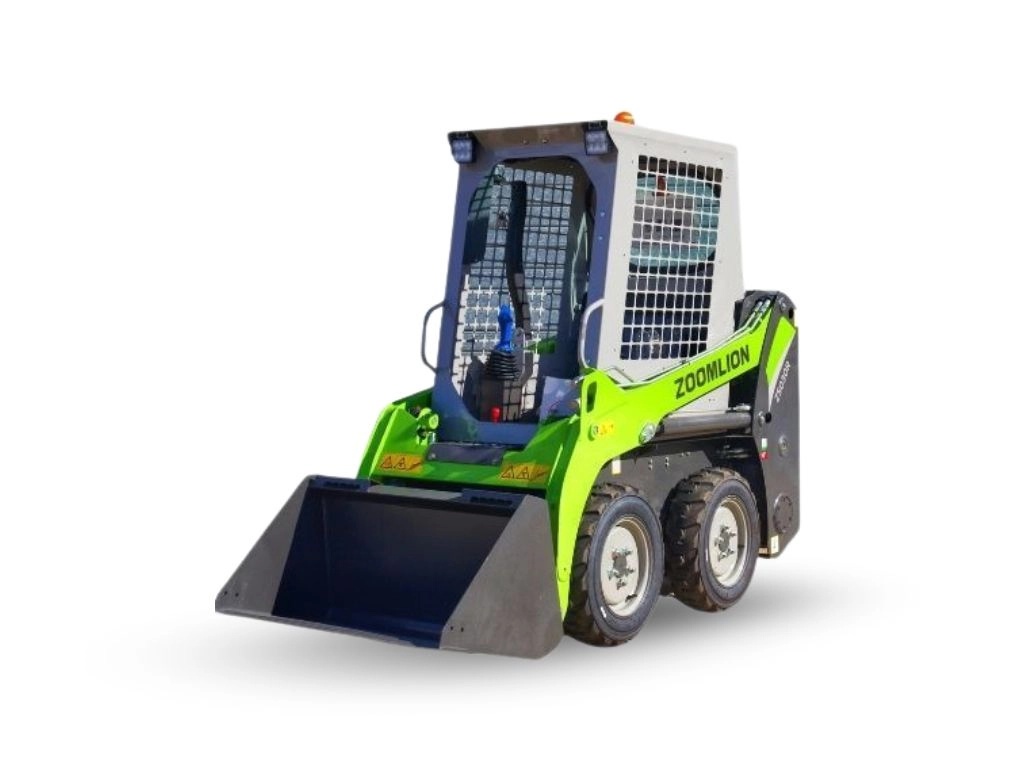

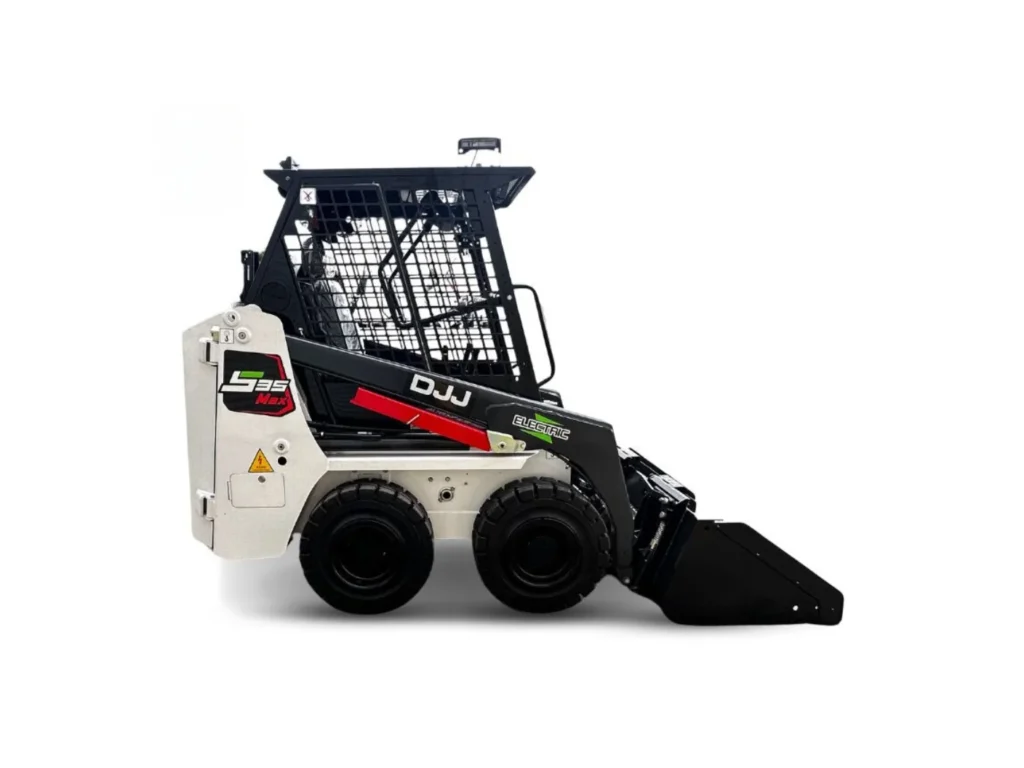
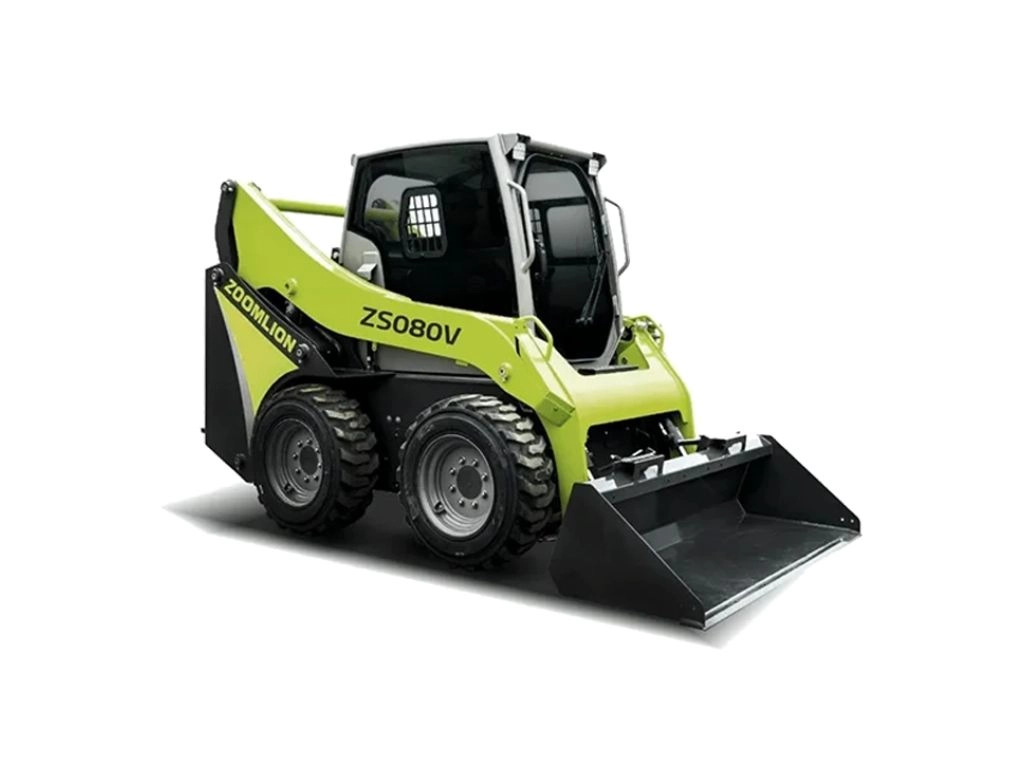
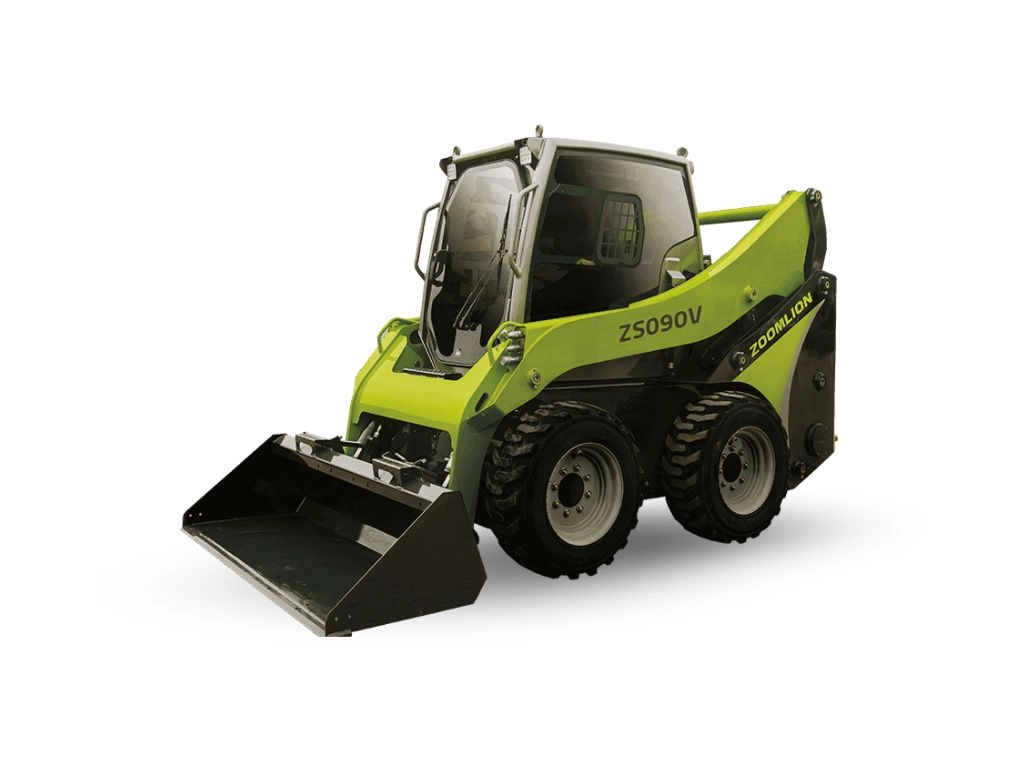
.webp)